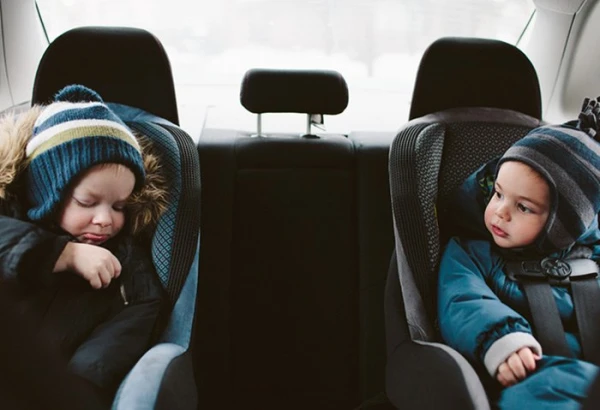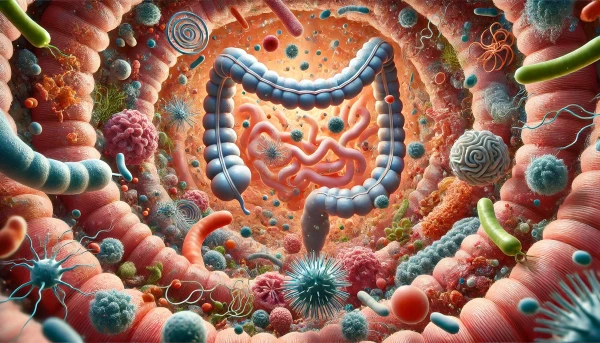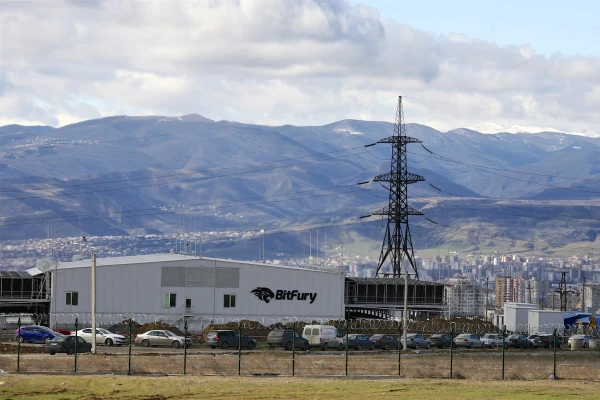
It’s already cold outside, and soon the holidays will come — a time for road trips and adventures. To ensure that experiences are not spoiled, follow basic safety techniques.
Leaving a child in a car "for a couple of minutes" or turning the heater on high to avoid freezing or getting a draft are common actions that seem harmless. However, the temperature inside the cabin can rise to dangerous levels, even when it’s well below zero outside. This can cause real harm to a child's body.
How the "Heat Trap" Works
A car acts like a greenhouse: glass and metal let sunlight in but hardly release heat back out.
Therefore, in autumn or winter, the risk remains – sunlight still heats the body and glass, especially if the car is parked in a windless area. The risk increases if you turn on the heater. When the air inside the car becomes warmer than the body, overheating can begin in just a few minutes.
Why Children Are Especially Vulnerable
Infants have a different thermoregulation system than adults. Due to a higher body surface area-to-mass ratio, they heat up 3–5 times faster. Additionally, their cooling mechanisms – sweating and moisture evaporation – are less developed. In high humidity or still air, this mechanism hardly works.
A child may not always be able to report feeling unwell in time, open the door, or take off their jacket. Therefore, overheating can develop rapidly, especially if they are strapped in a car seat and cannot move.
What Happens During Overheating
When body temperature reaches 40 °C, heat stroke begins. This is not a localized reaction but a systemic failure.
-
Heart and respiratory function are disrupted.
-
Brain swelling occurs.
-
Blood composition changes, becoming thicker.
-
Seizures and loss of consciousness are possible.
At body temperatures above 42 °C, the destruction of protein structures in cells occurs, which can lead to multiple organ failure (when two or more organs stop functioning simultaneously) – affecting the brain, liver, and kidneys. Even a brief heat stroke in a child can have future consequences: attention disorders, increased fatigue, and headaches.
How Much Time Is Needed
Even a short stop – to run into a pharmacy or grab coffee – can be critical. 80% of the temperature increase in the cabin occurs in the first 20–30 minutes after the engine stops. This means that while a parent is waiting in line, the child may already suffer from heat stroke.
How to Avoid the Risk
-
Check the back seat every time, even if you are sure the child is not in the car.
-
Leave a personal item on the back seat – phone, bag, keys. This helps to remember that there is a child there.
-
Do not leave a baby in the car even with the air conditioning on: the engine can stall, and the cooling system can shut off.
-
Always lock the car so that the child cannot get inside by themselves.
-
If you see a child alone in a car, act immediately: call for help, call an ambulance, and if necessary, break the window.
When Every Minute Counts
If a child overheats, they need to be taken outside immediately, have their outer clothing removed, be wiped down with cool (not icy) water, and an ambulance should be called.
Even if they seem to recover, consequences may appear later: internal organs are affected by overheating, so a doctor's examination is necessary.
Awareness as Prevention
Overheating in a car is not just a summer problem. The sun heats year-round, and glass and metal accumulate energy regardless of the season. It is especially important to remember this in autumn and winter when vigilance decreases: in a warm down jacket and with heating, it seems that danger is eliminated.
But it is precisely on such days that the risk is higher: parents are more likely to leave children in the cabin "for a minute," thinking that the cool air is safe. In practice, even weak sunlight turns a closed car into an enclosed space with rapidly rising temperatures.
Pediatricians and safety services recommend developing the habit of checking the cabin every time you exit the car. Awareness and attentiveness in this matter are not trivial; they are a simple daily measure that helps avoid unpleasant consequences.













